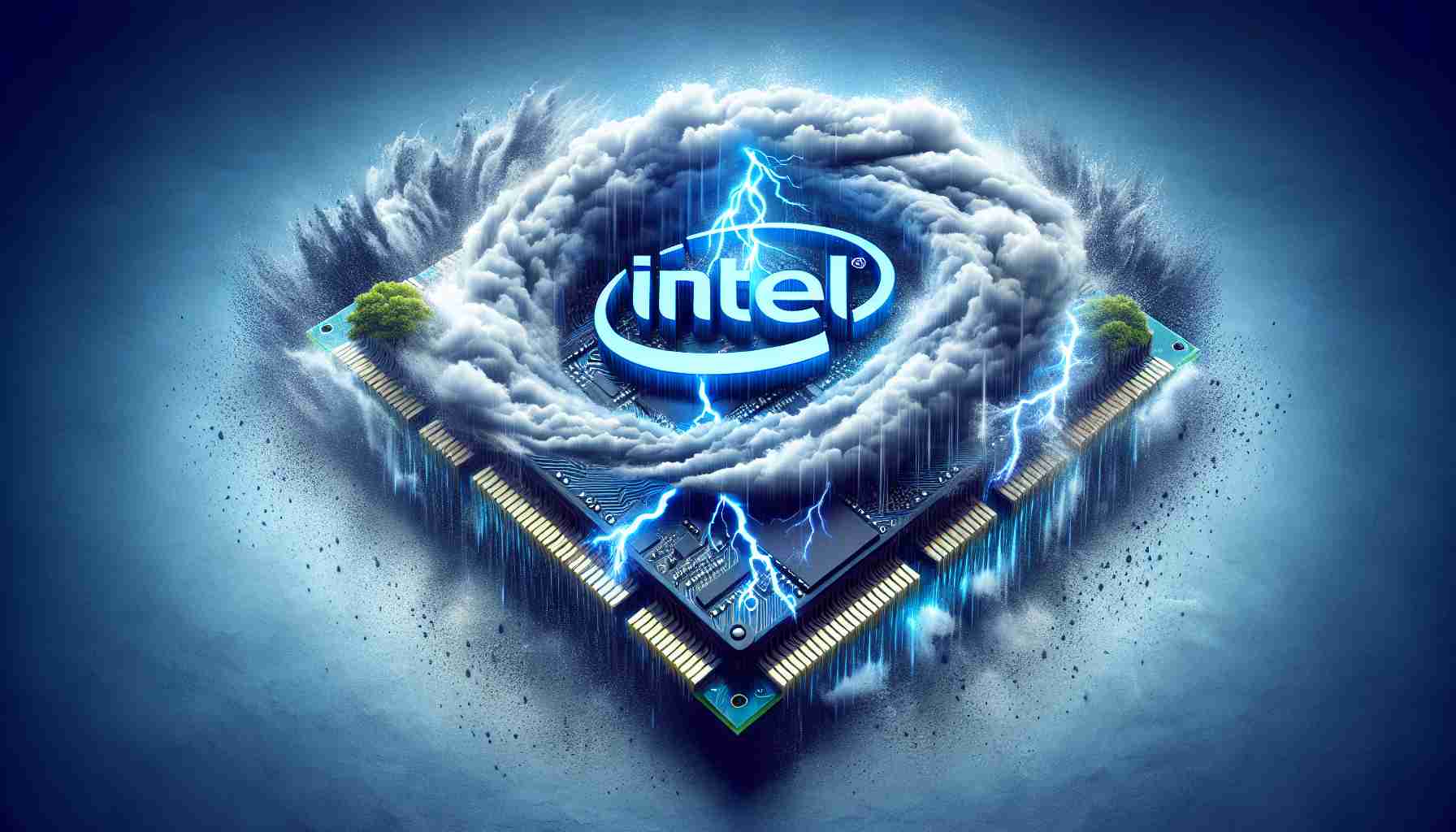Intel’s Struggle As Tech Market Shifts
Once the titan of the semiconductor industry, Intel’s reputation as a steadfast investment has dwindled, with its shares plummeting 26% over the past decade. Even after accounting for dividends, investors faced a negative return of 4%, starkly contrasting the S&P 500’s soaring 250% total return during the same period. Meanwhile, AMD emerged as a fierce competitor, skyrocketing over 5,220% in stock value.
The Battle for CPU Supremacy
As the world’s leading x86 CPU producer, Intel has seen its dominance erode. From 2016 to 2024, its market share slipped from 82.2% to 61%, while AMD doubled its presence. Intel faced multiple hurdles, from production delays to strategic missteps under three CEOs. While Intel clung to its in-house manufacturing, AMD thrived by outsourcing production to giants like TSMC and Samsung.
Innovation Lag and Market Misses
Falling behind TSMC and Samsung, Intel stumbled during pivotal transitions between chip technologies. Delays plagued their 14nm to 10nm shift and their attempt at 7nm processors, permitting AMD and others to seize the opportunity with cutting-edge products. In parallel, Intel failed to penetrate the lucrative mobile and AI chip markets, leaving room for rivals like Nvidia.
Can Intel Regain Its Foothold?
Under CEO Pat Gelsinger since 2021, Intel’s strategic focus evolved. Despite positioning itself to contend with industry leaders, the company faces a considerable climb. Intel executed significant corporate restructuring, initiated layoffs, and paused its dividend—moves suggesting a focus on survival rather than abrupt market dominance. With projections showing modest recovery, Intel’s future as a potential wealth generator remains uncertain. While Intel may stabilize, its path to reemergence as a high-growth tech leader is fraught with challenges.
Strategies for Thriving in a Shifting Tech Market
In a rapidly evolving tech landscape, the once unshakeable Intel faces an uphill battle as industry dynamics and competitive strategies transform. While the company’s journey through market challenges presents a cautionary tale, there are valuable insights and strategies that both investors and businesses can extract from Intel’s experience. Here are some tips, life hacks, and interesting facts pertaining to the shifting tech market landscape.
1. Embrace Strategic Flexibility
As illustrated by AMD’s phenomenal growth, strategic flexibility is paramount. Intel’s insistence on in-house manufacturing, despite rising competition from outsourcing giants like TSMC and Samsung, serves as a reminder of the need to adapt. Companies should be willing to evaluate and embrace alternative strategies to remain competitive, such as considering outsourcing where it makes strategic sense.
2. Prioritize Innovation and Speed to Market
Delays in adopting new technology, such as Intel’s slow transition from 14nm to 10nm chips, can cripple market position. It is essential for companies to maintain an innovative edge and speed to market. Lean product development processes, investment in R&D, and agile methodologies can mitigate time-to-market delays and keep offerings competitive.
3. Diversify Revenue Streams
Intel’s oversight in mobile and AI chip sectors underscores the importance of diversification. Expanding into emerging markets and technologies, such as AI, IoT, and 5G, can shield against downturns in any single market segment. Companies should continuously explore burgeoning fields and diversify product lines to harness growth opportunities.
4. Focus on Sustainable Growth
Presently helmed by CEO Pat Gelsinger, Intel is focusing on restructuring and consolidating its strengths. For businesses and investors alike, the importance of sustainable growth is a vital lesson. Short-term sacrifices, like dividends cuts, can reallocate resources towards long-term growth projects that have the potential to regain market leadership.
Interesting Fact: Did you know AMD’s resurgence culminated from focusing on the custom chip market, which helped power devices from gaming consoles like the PlayStation and Xbox to cloud computing services? This strategic pivot showcases how targeted industry niches can catalyze growth.
5. Monitor Market Trends and Competitor Movements
To prevent being blindsided, it’s crucial to monitor market trends and competitor movements continuously. Analysis of competitors like AMD and Nvidia can reveal market shifts, enabling timely pivots. Engaging with industry white papers, attending tech expos, and participating in think tanks can bolster market awareness.
6. Cultivate a Resilient Corporate Culture
Amidst challenges, a resilient corporate culture focused on learning from setbacks is critical. With restructuring efforts underway, Intel is working toward a culture that emphasizes agility and innovation. Building a team culture that welcomes change and challenges the status quo can empower organizations to pivot effectively.
Through these insights and strategies, businesses can mitigate market shifts and position themselves for success even when facing monumental challenges. Learning from both triumphs and mishaps, as demonstrated in the semiconductor industry, can spark innovation and enduring market relevance.






















